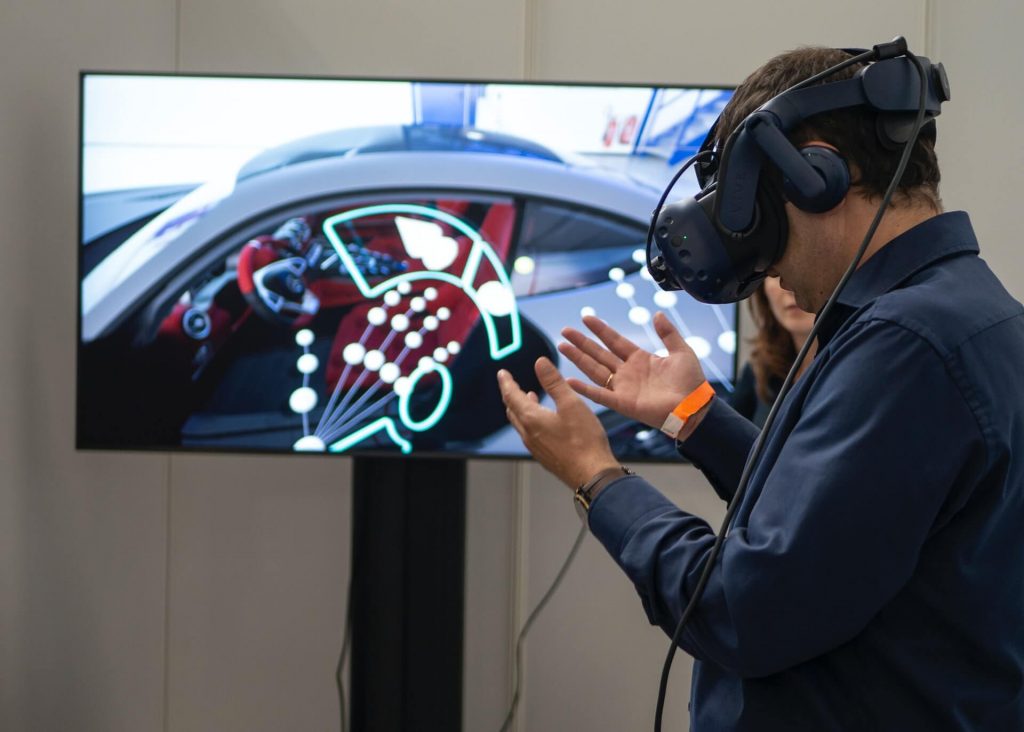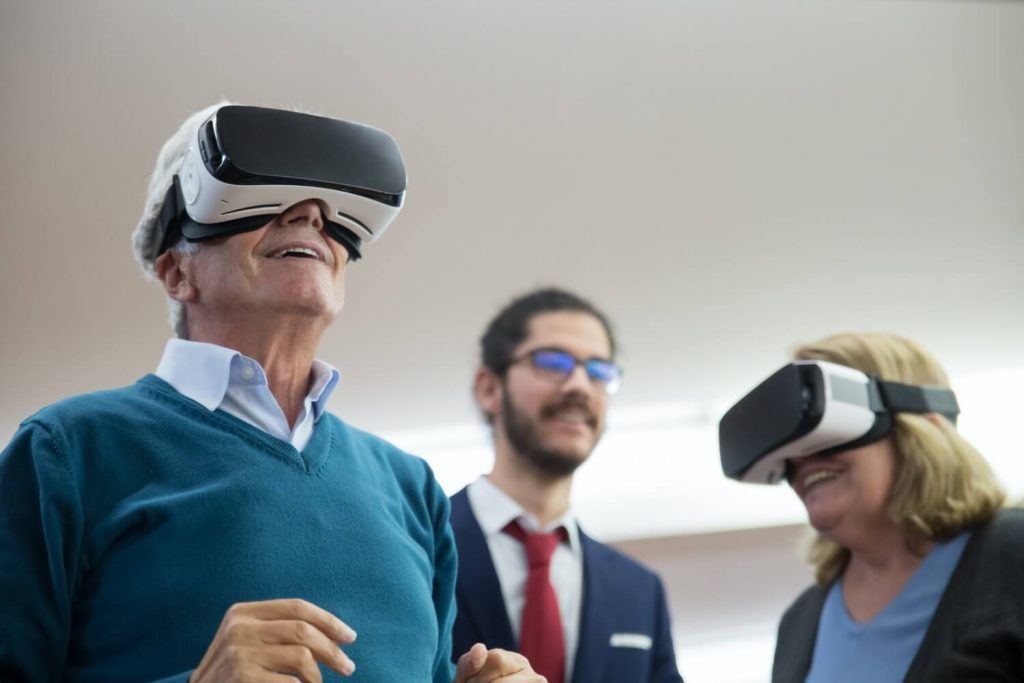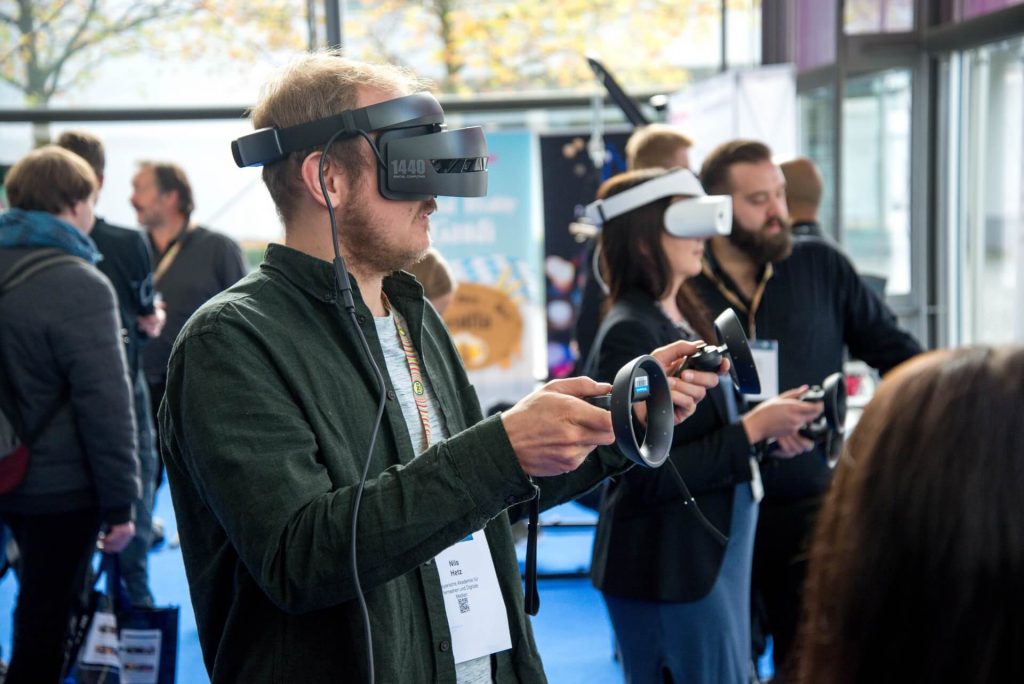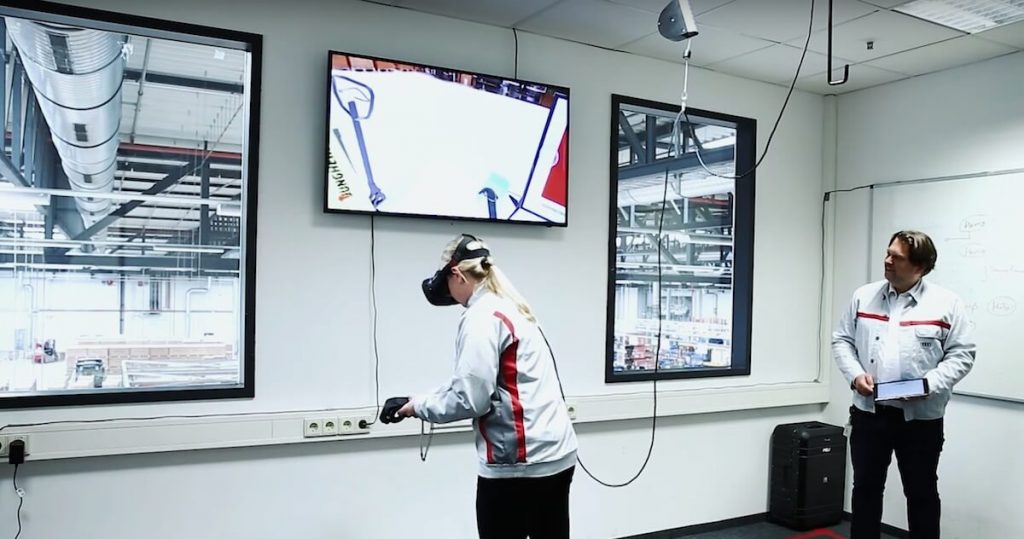Technology constantly transforms the way businesses operate on a daily level. New trends will force themselves on the market over time, and companies will either adapt to the changes or become overshadowed and forgotten. There have always been early adopters who were the pioneers of change. Some companies jump at every opportunity to integrate cutting-edge tech into their business practices. One of those is Virtual Reality, which has become a mainstay in training employees for the modern workspace. Today, we are going to look at the ways VR is transforming employee onboarding.
What is onboarding?
Employee onboarding can constitute training, but it also goes beyond that. Onboarding takes into account the entire process of acclimatizing new employees to the skills and knowledge they will need for their new job. However, it includes getting the new hires up to speed in a smooth fashion and getting them familiar with the job’s corporate culture and expected behavior. Virtual Reality can benefit onboarding in many ways, and as technology develops, it is becoming an affordable option for many businesses.
Here are the 4 ways VR is transforming employee onboarding

Offers fast and functional training
If you ask companies if they would like to speed up the training of their new hires, you will have a hard time finding anyone who objects. Employee training time is always problematic because it often takes away another employee to train the newcomer. Sometimes companies have a hard time devoting the manpower if they already lack the personnel for that position.
Virtual Reality can offer fast on-the-job training, which is especially important for dangerous work conditions or jobs. Employees can be trained to deal with contingencies and to react quickly when the need arises. Numerous companies have almost entirely shifted their employee training to VR and have been achieving exceptional results.
VR training is fun and engaging
It’s a universal truth that people will learn faster and remember better if they are interested in what they’re doing. Whenever we genuinely want to learn a new skill, we have an easier time committing it to memory. Of course, there are different types of employee training, but companies still need to make all of them engaging.
Virtual Reality can use gamification and reward systems to make the process fun for the trainees. Gamification offers a challenge in a controlled environment with no repercussions for mistakes or failures. Reassure employees that it’s safe to fail. Let them experiment and try different approaches to see what works and what doesn’t. Conversely, letting people experiment and fail in a real-world environment can have catastrophic results. However, learning through mistakes is vital for training, which would be hard to achieve without the benefits of VR. People can learn a powerful lesson by seeing what not to do and what the potential consequences would be.
Virtual assistance
Having aid constantly available through the use of technology is welcome in training, but also in future use in the field. Machine learning is being combined with Virtual Reality and Augmented Reality to achieve excellent results in the modern workspace. It is now possible to offer your employees constant assistance through the use of AI and machine learning algorithms.
Virtual assistance can speed up and streamline complex jobs that require many different skill sets to perform. For example, the moving industry is influenced by such technologies in a number of ways. Virtual assistance offers movers remote access to information databases, constant communication, dynamic route navigation, driverless trucks, and a shared economy for offering multiple seamless services. Relocating people requires several different tasks, and the moving industry was always an early adopter of new technology.
Integration into company values
Virtual reality can be used for more than just training new employees on how to do their jobs. VR is transforming employee onboarding by getting new hires informed about the company culture and helping with team integration. Both of these are essential parts of onboarding, and now they can be done even before new employees have set foot in the office. It is always important to make sure new additions to the team fit in and feel welcome. Corporate training can be done through VR to teach employees about appropriate workspace behavior and what will be expected of them. VR also offers the chance to interact with and explore the workspace even while the employees are miles away. This can also be handy if the company has offices in multiple cities, giving employees the chance to meet and interact.
Take a look at your current training and onboarding practices
If you plan to make the switch to VR training for new employees, now is an excellent time to rethink and examine your current training process. No system is perfect, and you should avoid carrying over any bad practices into your new VR training. Is there anything that you always wished was done differently? Use this opportunity to build a new onboarding model from the ground up. Let Virtual Reality be an excuse to overcome the shortcomings of the previous system.

However, keep in mind that VR can be a scary prospect for people unfamiliar with it. Although most millennials will be excited to learn through the use of VR, you need to make the training approachable and understandable for older generations as well. Some people who don’t have much experience with new technology might feel alienated and frightened by VR. It is your responsibility to make sure that the learning curve isn’t too steep.
In conclusion
Virtual Reality is a fantastic tool that you can use to achieve almost anything if you have the right mindset. The most important way in which VR is transforming employee onboarding is by making it fast, cheap, and efficient. Cutting down on the cost and training time required to make new employees proficient is something any business should aspire to. If you haven’t already, now is the perfect time to switch to VR for training new workers.





